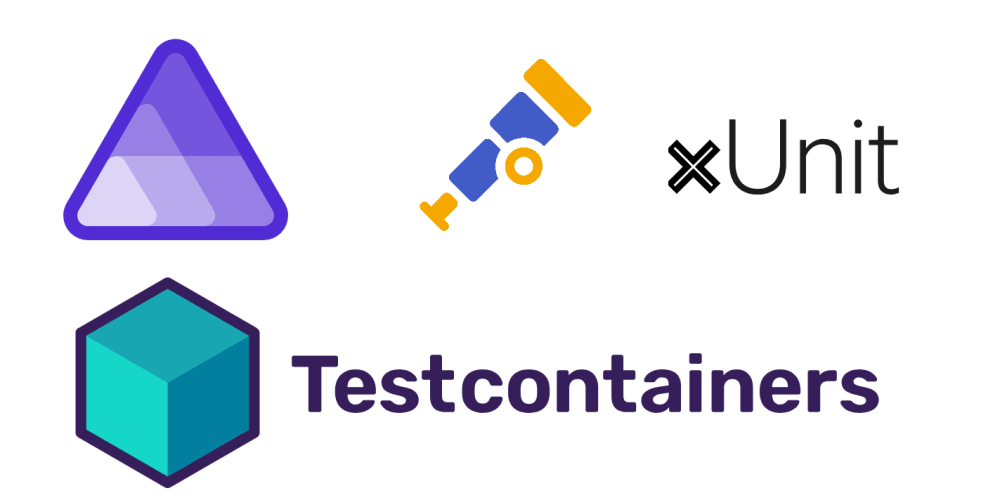Revolutionizing Supply Chain Management with Blockchain Technology
In an increasingly globalized and complex world, supply chain management (SCM) has become a cornerstone of business operations. Yet, traditional SCM systems grapple with challenges such as data inaccuracy, inefficiencies, and lack of transparency. Enter blockchain technology: a digital ledger that promises to revolutionize how we manage supply chains. Let's delve into an innovative software idea that harnesses the power of blockchain to create secure and transparent supply chain management systems.
The Current Challenges in Supply Chain Management
Before diving into the solution, it's crucial to understand the pain points that plague current SCM systems:
- Data Silos: Different stages of the supply chain often operate using disparate systems, resulting in fragmented and inconsistent data.
- Manipulation & Fraud: Traceability in supply chains is often weak, making it easier to manipulate records, leading to fraud.
- Inefficiency: Manual checks, paperwork, and lack of real-time tracking can slow down the entire supply chain.
- Lack of Transparency: Stakeholders often have limited visibility into the supply chain, leading to trust issues and reduced accountability.
Blockchain to the Rescue
What is Blockchain?
Simply put, blockchain is a decentralized ledger that records transactions across multiple computers in such a way that the registered transactions cannot be altered retroactively. This decentralized nature makes blockchain exceptionally secure and transparent.
The Proposed Software Solution
1. Decentralized Ledger for SCM
Imagine a software platform that employs blockchain to create a decentralized ledger, ensuring that every transaction and movement within the supply chain is recorded transparently and immutably. Here’s a closer look at its core components:
a. Smart Contracts
Smart contracts automate the execution of contract terms when predefined conditions are met. For instance, when a shipment reaches a specific location, a smart contract could automatically trigger a payment or send a notification to relevant parties.
pragma solidity ^0.8.0;
contract Shipping {
address public supplier;
address public receiver;
uint public status; // 0: Created, 1: Shipped, 2: Delivered
event StatusChanged(uint status);
constructor(address _receiver) {
supplier = msg.sender;
receiver = _receiver;
status = 0; // Created
}
function updateStatus(uint _status) public {
require(msg.sender == supplier, "Only supplier can update the status");
status = _status;
emit StatusChanged(status);
}
}
b. Immutable Record Keeping
Every transaction, from manufacturing to final delivery, is time-stamped and immutably stored on the blockchain. This ensures that there is a complete and unalterable history of the product’s journey.
c. Distributed Access
Supply chain participants, including manufacturers, suppliers, logisticians, and retailers, can access the blockchain network to track the status of goods in real-time. This leads to unparalleled transparency.
2. Enhanced Security
Blockchain's cryptographic principles ensure data is secure from unauthorized alterations. Each block in the chain has a cryptographic hash, making it tamper-evident and highly secure.
d. Multi-Factor Authentication
Incorporating multi-factor authentication (MFA) for accessing the blockchain can further boost security. A combination of passwords, mobile authentications, and biometric verification can offer robust protection.
3. Efficiency Improvements
Real-time data sharing and automation lead to significant efficiency gains. No more time-consuming reconciliations or delays due to paperwork. Smart contracts can facilitate swift business processes like invoicing, customs clearance, and inventory management.
Integration with IoT
Integrating blockchain with Internet of Things (IoT) devices can further enhance supply chain efficiency. Sensors on goods can upload data to the blockchain, providing real-time updates on condition, location, and status.
{
"device_id": "sensor123",
"location": "Warehouse A",
"temperature": "4.3°C",
"timestamp": "2023-10-05T14:48:00Z"
}
Real-World Applications
- Food Safety: Trace the origin of produce back to the farm, ensuring that safety standards are met at every stage.
- Pharmaceuticals: Monitor the journey of drugs from manufacturing to pharmacy to prevent counterfeiting.
- Luxury Goods: Confirm the authenticity of luxury items and prevent knock-offs by providing a transparent chain of custody.
Conclusion
Blockchain technology has immense potential to transform supply chain management systems. By ensuring security, transparency, and efficiency, it addresses the core challenges faced by traditional SCM systems. The proposed software solution is not just an incremental improvement; it’s a radical shift towards a new era of trust and efficiency in supply chains. As we move forward, these innovative systems have the potential to become the standard, making our global trade networks more reliable and resilient than ever before.
Embrace the future of supply chain management with blockchain—where transparency meets technology!
Feel free to share your thoughts on this groundbreaking approach. Let's discuss and innovate together!



















